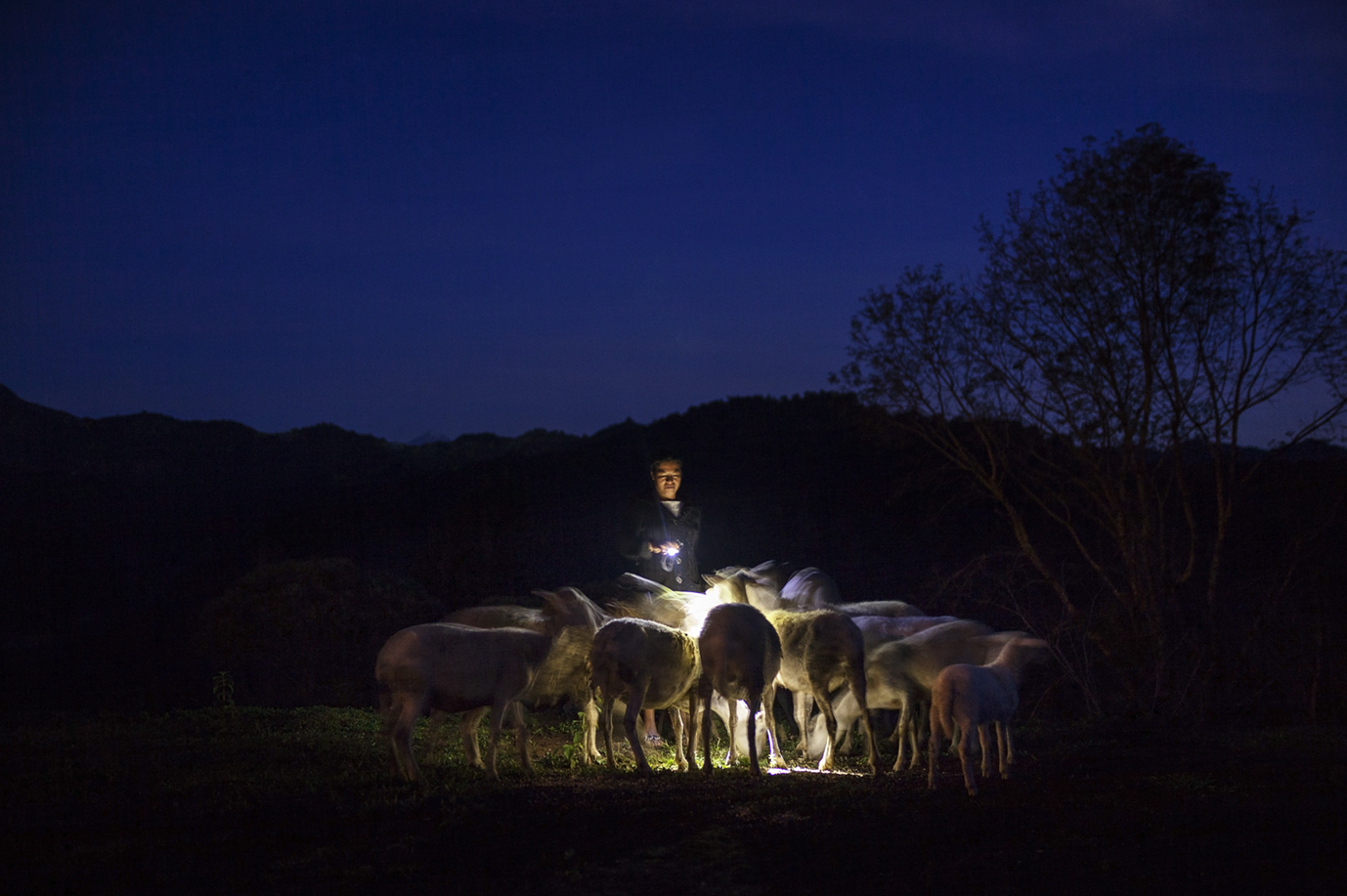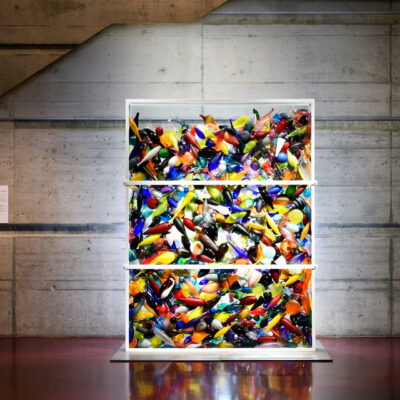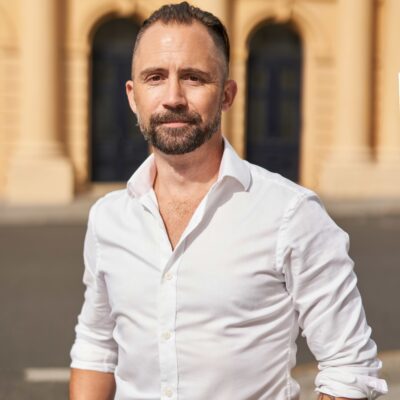Kristen Knupp, Art Vista: Could you tell me about the International Women Photographer Association or IWPA. I read that the IWPA addresses the two goals of equality through photography in the world, and the promotion of women photographers of all origins and nationalities. How does the association approach these goals, and how did each one of you get involved with the organisation?
Laure Parise, IWPA: It is a long story that I will try to make short. The association was created a long time ago by a French photographer, Séverine Blanchet, who is a friend of mine. We both used to live in Malaysia, and Séverine decided to create this association because she was encountering other photographers from different countries, who did not have the same opportunities to exhibit or to create. So from the beginning, the notion of “sorority” was there, and she wanted to help them. I saw the birth of this association 20 years ago, and I admired this initiative. While I was living in Dubai, I quickly noticed that the photography scene was quite strong there, and I was meeting many female photographers. I thought of IWPA and what could be done to support women photographers on a global scale. I talked with Severine and I suggested to launch a prize dedicated to female photographers.
I had met Arantza a year before and I knew she had an interest in photos, so I invited her into the project. We launched the first IWPA Award in 2016, with the winners presented in 2017. In the first year, we received more than 800 entries from 80 countries. This was a big surprise for us, but it also demonstrated that every opportunity to be more “visible” is a good one for women photographers from around the world. For two years, we have been Co-Presidents of IWPA, and we have grown the team as we are now around 20 people involved in the organisation.
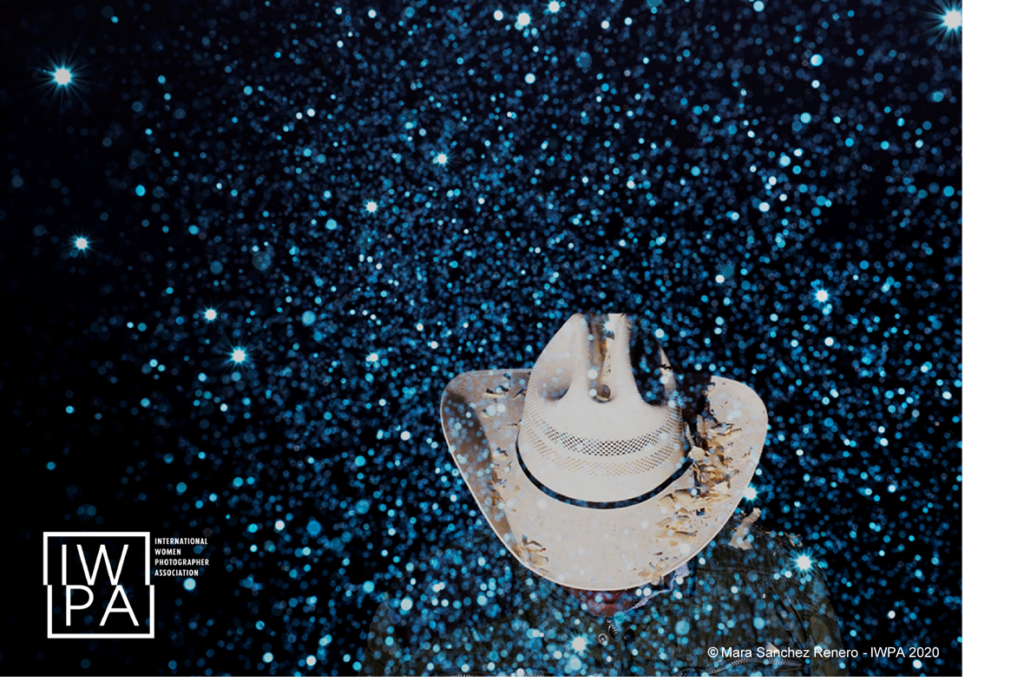
Arantza Aramburu-Hamel, IWPA: As you said, we have a double profile, a double goal. On the one hand, we have a social goal and we approach it through creativity, innovation and art, based on the women creators. So this is how we address gender equality, through having more diversity, more narratives for women, and those who identify as women. We think the public can be convinced that equality is important through the stories these women tell. These are the stories that women have chosen to narrate, in a very beautiful, personal and universal way. This is how we work to bring everyone to the cause of gender equality.
KK: I was recently at a local museum and many of the photographs in the archives were historically taken by men. Do you think there are differences between women photographers and male photographers and the subject matter or perspective they have? Are there artistic differences, or is the issue more a matter of representation?
Laure: It is a question that is raised every time we do a talk or conference. A lot of women photographers do not like to be called “women” photographers. On the other hand, when you look at the figures, there is a big gap. This is especially noticeable in countries where in the photography school it is 70% women, but when one looks at professional photographers, it is only 30% women working in the industry. The majority of museum’s collections are made up of male photographers, the photos in newspapers are taken mostly by men, and even in textbooks, the majority of photos are taken by male photographers. The women photographers realise this, and most have decided that, for a period of time, it is important to claim being a woman photographer.
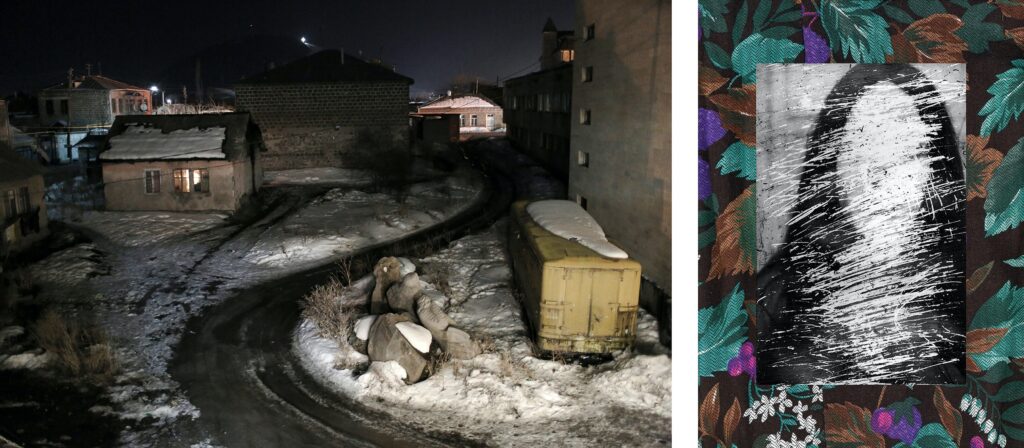
In terms of technique, women have the same education and technical background as men. But probably the topics, the angles, and how they approach the subject might be different. We wouldn’t say that male photographers don’t have a human side and humanity in their approach. But women might have a different way of approaching the subject. They may take more time; often they spend three or four years on one topic. Also they can discuss topics where men typically won’t go, such as sexual harassment, rape, and other realities for women. In the last edition, we had the Georgian photographer, Dina Oganova, addressing the issue of sexual violence in Georgia. Some days the woman she was working with couldn’t talk about it, and the photographer just drank tea with the woman, and waited until she was ready. So yes, I think there are differences.
Arantza: There are two approaches to this discussion about a male or female gaze, objective or subjective, and we can give our opinion on this, but we also have objective data that we can use. There are some research projects which are ongoing in France with les Filles de la Photo and Marie Docher where we are examining thousands of covers from the main journals, and analysing what is the angle, who is behind the angle, what is the subject? They are already starting to draw some conclusions such as when the angle is taken from above, it is likely to be a white male photographer. So in the end, photography is a way of expressing your views, and also your unconscious bias. Women have biases as well, of course.
What we need is more studies to prove that there is a need for greater diversity in photography because we do not all approach the subjects and stories in the same way. There is a Congress on November 18-19th on feminist photography at the Perez Art Museum in Miami where we will participate. We will call for more studies like these to get more data, and prove why we need more organisations like ours.

KK: It sounds like the IWPA Prize is how the organisation was born. Could you talk a bit about the prize and how it is run, how many entries there are, and how are they judged, what is the prize, etc. Also, what is particularly special about this years’ prize?
Laure: This year is the fifth edition, because last year we were not able to exhibit due to Covid. The IWPA Prize is an annual, international prize. The call for submissions is every year from early September to the end of October, and it is open to all women and those who identify as women, all nationalities, and it is open to non-professionals. This is an inclusive prize. We have a pre-selection of 50-60 photographers, and it is anonymous, so the jury members don’t know their names or where the photographers are from while they are judging.
What is fascinating is that this year we have participation from 92 countries from around the world. The beauty of the award is that it is like a gallery of worldwide situations, often addressing topics that people do not know about. Since one of our goals is to promote women photographers, the prize consists of touring exhibitions around the world. Usually the tours cover Europe, such as in France, Switzerland, Spain, as well as in Asia, often in Tokyo, and in Africa and the Middle East, such as in Dubai or KSA. Our historic sponsor, Canon also offers a camera to the IWPA’s Laureate.
Our goal for future years is to have some sponsors who could give a cash prize which is what the photographers say is their main need. So if we could establish a 5,000 Euro prize to be given annually to the Laureate, it would be very helpful. This year the result of the edition will be revealed at the French Pavilion at the Expo 2021 in Dubai. It is a big honour for us to have been chosen to be a part of the French Pavilion in the month of March, 2021. We will announce the results and have a retrospective of the last edition. There will also be a conference and roundtable on women photographers and their challenges
Arantza: In the past we have had one Laureate and nine finalists, but we have also recently established special prizes for sustainability, and others relating to our partners. The ability to exhibit has a big impact on our photographers. For example, I recently saw at Paris Photo that one of the photographers we had chosen in the past was exhibiting there: Maryam Firuzi. Her CV had our exhibitions listed as a big part of her background. So we are happy to have given her the opportunity to have her work seen.
As for the jury, we like to give some weight to Paris, and France, because we are based here, but also have representation from around the world. This year we have among our international jury, jurors from the US, with a senior photo editor from National Geographic, and the Education Director of Magnum photos. The jury is also composed of a senior editor from The Wider Image – Reuters based in the UK, and the Director of AKAA, an African Contemporary Art Fair. From France, there’s a senior representative from Canon France, the Director of Art Paris art fair, and we have a representative from Eastern Europe with the Director of Czech Press Photo. The Asia / Middle East is covered by the Director of the Image Festival in Amman, Jordan, a Japanese curator, and the Director of an International Photography award from Malaysia.
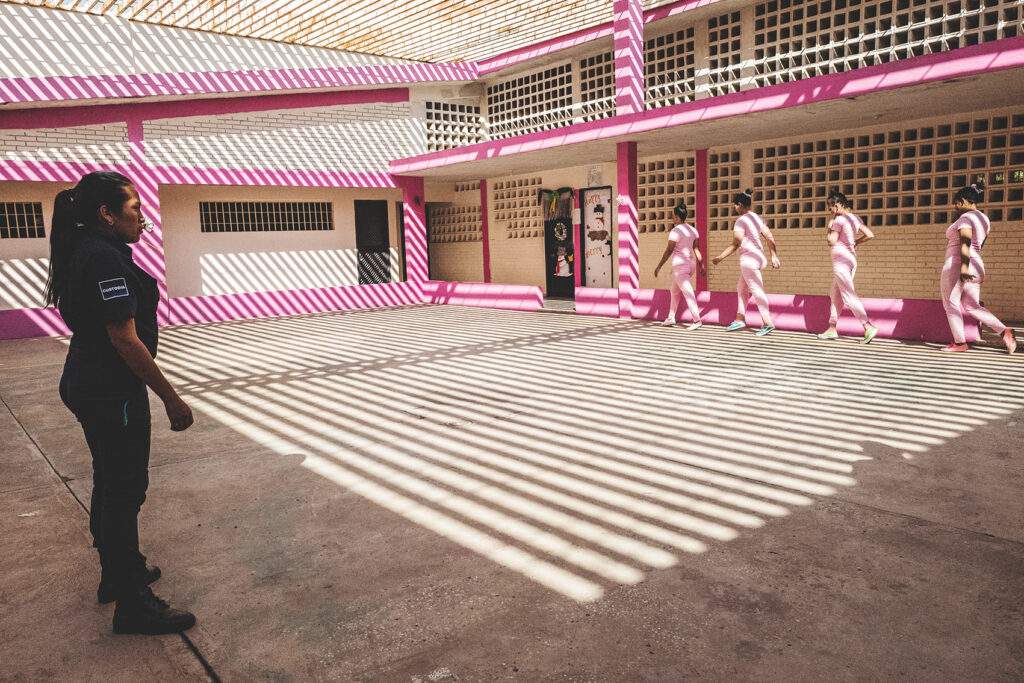
KK: What is the purpose of the event on Thursday in Geneva and what are you trying to achieve?
Laure: One goal is to introduce ourselves and our ambitions to the audience in Geneva. We are extremely grateful to have this opportunity, and we want to especially thank Monsieur Patrick Lachaussée, the Consul général de France à Genève, for his support of our organisation, and for hosting the event in Geneva. We also want to thank Alliance Française and WRP Foundation for their support since we first exhibited the IWPA edition 2020 last year in Geneva.
At the event, we would like to focus on the future of IWPA. We have been in existence with the IWPA prize for five years now. We feel that although we have made progress in the last few years, it is not quite enough. We need to move forward. We are putting together two big projects. One is focusing on education and mentoring for women photographers. We receive submissions from some countries where there are no photography schools at all, and it is difficult to get a professional recognition and find work. So we decided to offer a diploma/certification through three photography schools that we partner with; one in France, Speos; one in New York, ICP; and one in Spain, Efti. In Geneva we would like to be able to raise funds to cover the cost of these photography schools for the emerging women photographers willing to follow that scholarship opportunity.
The other goal is to create a digital platform for women photographers that will allow them to present their projects and pool finance through a community of followers. The project follows business model of a membership platform, where every creator presents their projects and people can support them with whatever amount of money they want. This is a big project to set up and get running, and this needs financing as well.
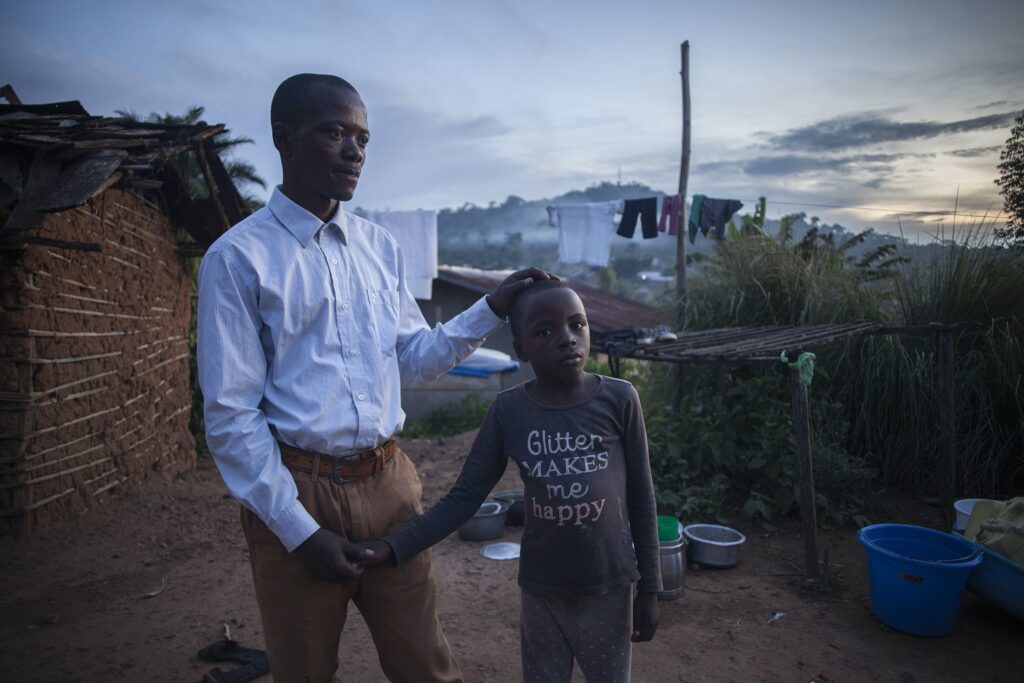
KK: What is the biggest issue you would like to see changed in photography, if you could choose just one?
Arantza: Enabling every woman in the world to feel that they can tell any story they want through photography, and work in photography if they want. They should not feel that it is a field reserved for men, but feel that it is an area where they can do whatever they want.
Laure: I would echo that and add that like every other field in the world, women are paid less, and if you are a freelance photographer, a project may come along but often you have to do it for less money or unpaid. Making a living becomes very complicated. So I would wish that women photographers could make a living from this area of work.
For more information about IWPA click here for the website or here for Instagram.
